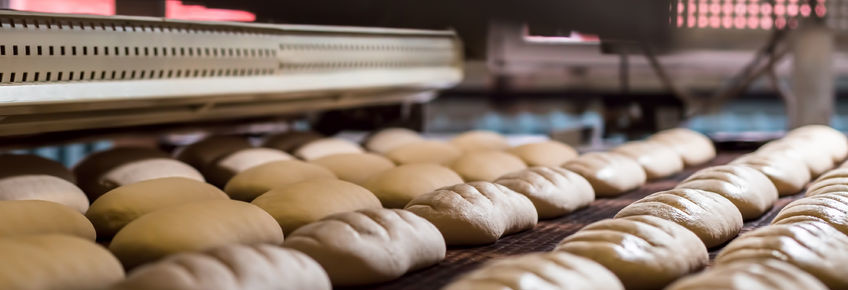
Airflow depends on the type of oven:
- Radiant oven (e.g., ribbon burners): airflow comes from the moving conveyor, the exhaust system, and natural combustion air currents.
- Convection oven (e.g., air recirculation): airflow comes primarily from the air distribution plenums.
What’s the big deal with oven air velocity?
If your oven is blowing air the way it’s supposed to, you’ll increase quality and decrease waste. Four things to keep in mind:
- An increase in air velocity causes an increase in the apparent heat transfer coefficient, convective heat flux.
- Velocity of the circulating air influences baking time.
- Weight loss, browning, and firmness of baked product can be increased by increasing air velocity.
- Cohesiveness and product volume are unaffected by air velocity.
How do you measure it?
Oven air velocity can be recorded by an air velocity sensor. The sensor array delivers a precise picture of airflow patterns inside an oven from side to side and end to end. The sensors collect data, at product level, as the array passes through the process. The number of sensors varies with the width of the conveyor.
An air velocity sensor array can help with spotting airflow differences between baking zones, concentrated air velocities on isolated parts of the conveyor, and unwanted air currents at the entrance or exit of the oven.

